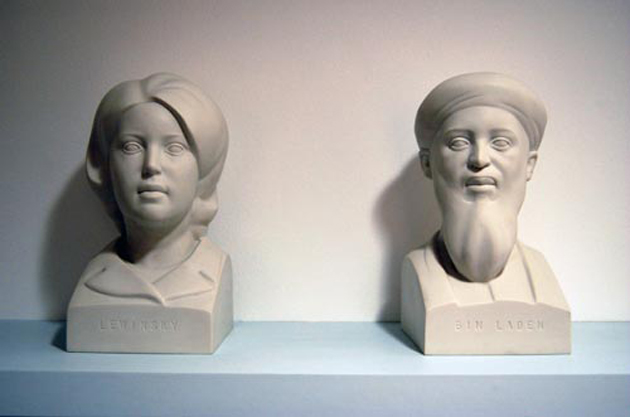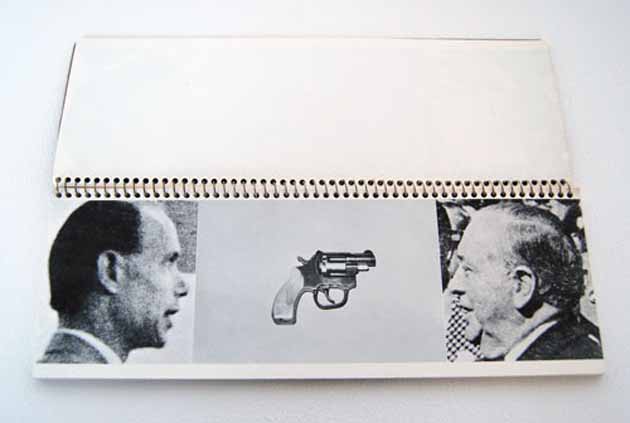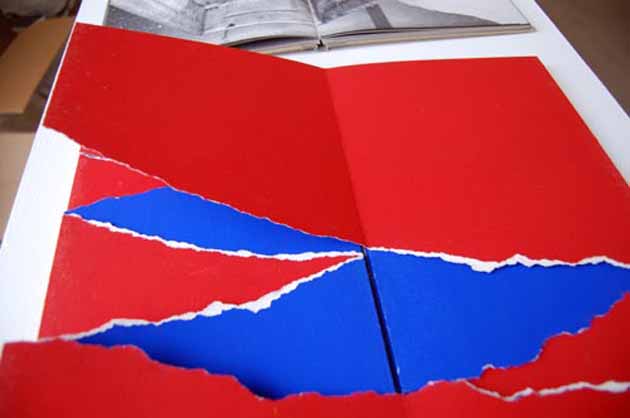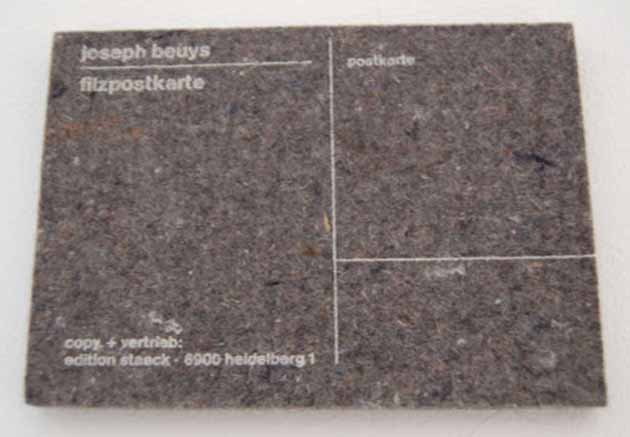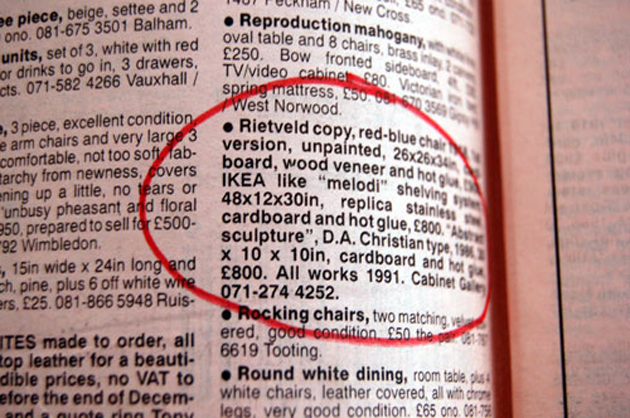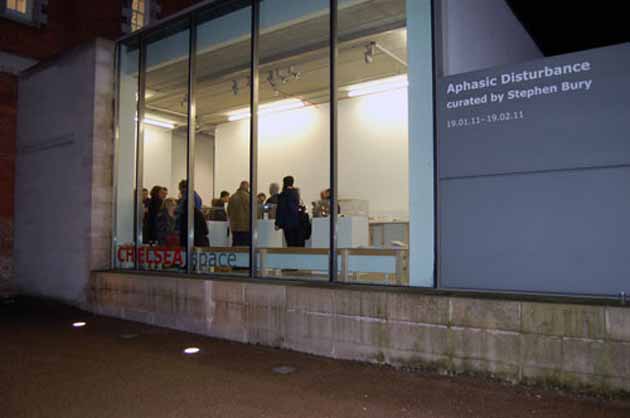Aphasic Disturbance at CHELSEA space
Aphasic Disturbance, the current show at CHELSEA space, is curator Stephen Bury’s response to “Two types of language and two types of aphasic disturbance”, the 1956 essay by the linguist/literary theorist Roman Jakobson on manifestations of aphasia (the loss of power of expression through speech).
And Bury – now Andrew W. Mellon chief librarian of New York’s Frick Art Reference Library – uses artists’ books and multiples in the main from the collections he built when he was at Chelsea College of Art & Design’s library between 1978 and 2000.
In one condition of aphasia, sufferers struggle to begin sentences unless prompted; sentences are ‘elliptical sequels’ supplied from previous sentences, and general nouns are substituted for specific ones.
In another – the contiguity disorder – they lose the ability to make propositions; conjunctions and articles are dropped and sentences are reduced to singular words.
According to CHELSEA space, “This exhibition explores how contiguity and narrative operate in artists’ books and multiples, how putting text next to image, image next to image, text next to text and reversing the function of text and image, generates narrative or subverts expectations of narrative.”
The show features work by John Baldessari, Fiona Banner, Bernd and Hilla Becher, Joseph Beuys, Christian Boltanski, Victor Burgin, Neil Cummings and Marisya Lewandowska, Layla Curtis, Douglas Huebler, Kenny Hunter, Anselm Kiefer, Sol LeWitt, Peter Liversidge, Aleksandra Mir, Dieter Roth, Leanne Shapton, Jane Simpson, Sarah Staton, Daniel Spoerri, and Yoko Terauchi.
For the exhibition, Bury has made an artist’s book entitled Strange, which removes all but adjectives from Daniel Defoe’s Robinson Crusoe. This is the fourth work in his series exploring metonymy (the rhetorical strategy of describing something by referring to things contiguous to it: “Westminster” for the Houses of Parliament, etc).
Find out more about Aphasic Disturbance – which is on until February 19 – here


